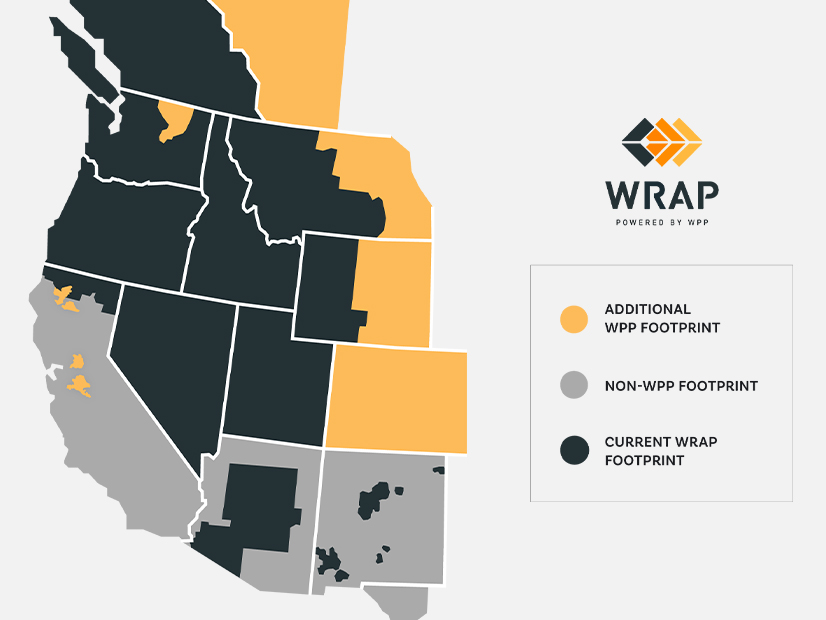Public Service Company of New Mexico (PNM) said Friday it has joined the Western Resource Adequacy Program (WRAP), expanding the reliability program’s footprint in the Desert Southwest and bringing the number of participants to 22 across the Western Interconnection.
WRAP also received formal participation agreements last week from two Washington utilities, Seattle City Light and Snohomish County Public Utility District. Both are participants in the program’s current non-binding phase, a precursor to a binding phase in which member utilities can be penalized for falling short of their reserve requirements.
In contrast, PNM is a new participant in WRAP, a first-of-its-kind reliability effort started by the Northwest Power Pool, which changed its name to the Western Power Pool in February 2022 to reflect its expanding reach across the West.
“One of the things that makes the WRAP so beneficial is the ability to share in the diversity of the entire Western region,” Western Power Pool CEO Sarah Edmonds said in a news release. “Bringing in PNM adds to that diversity, in terms of geography, resource mix and seasonal loads.”
PNM’s generation fleet includes solar, wind, natural gas and coal resources. It has said it will meet the state’s clean energy mandate five years before the compliance date. The mandate requires utilities to have a zero-carbon power supply by 2045.
The company serves its 525,000 customers in Albuquerque, Santa Fe and 19 smaller cities, villages and tribal communities with 55% carbon-free energy.
It has participated in CAISO’s Western Energy Imbalance Market since April 2021, allowing it to buy and sell energy in the interstate real-time market.
“We continue to ensure our customer needs are met through innovative solutions to our power resources, participation in energy markets and strengthening our resource adequacy framework,” PNM CEO Pat Vincent-Collawn said in a statement. “We see WRAP as another tool to continue to enhance PNM’s system reliability.”
WPP has been developing WRAP since 2020, initially to address concerns that Pacific Northwest utilities had been unknowingly drawing on the same shrinking pool of reliability resources. Interest in the effort quickly spread to other parts of the West; its footprint now covers all or part of 10 Western states and British Columbia.
FERC approved WRAP’s tariff in February, saying the program “has the potential to enhance resource adequacy planning, provide for the benchmarking of resource adequacy standards and more effectively encourage the use of Western regional resource diversity compared to the status quo.” (See FERC Approves Western Resource Adequacy Program.)
The ruling allowed WRAP to move forward with a binding phase that will include penalties for members that fail to meet their resource-sufficiency obligations. WPP has the option to initiate the binding phase of the program during any season between 2025 and 2028, per the commission’s order. (See WPP CEO Looks to ‘Earliest Possible’ Binding Season for WRAP.)
The program involves two “time horizons” — a forward-showing program requiring participants to show they have sufficient capacity months in advance of summer and winter peaks, and an operational program, focused on the allocation of resources in the real-time and day-ahead time frames.
“PNM is expected to participate in WRAP’s forward showing later this year ahead of the summer 2024 operational program,” WPP said in its news release. “The forward showing component of the WRAP is where participants demonstrate they have secured their share of the region’s energy needs. The operational component, in the winter and summer seasons, is when utilities with a deficit can tap into the pool of shared resources if needed.”
WRAP participants in the Southwest include Arizona Public Service, Arizona’s Salt River Project and NV Energy.



